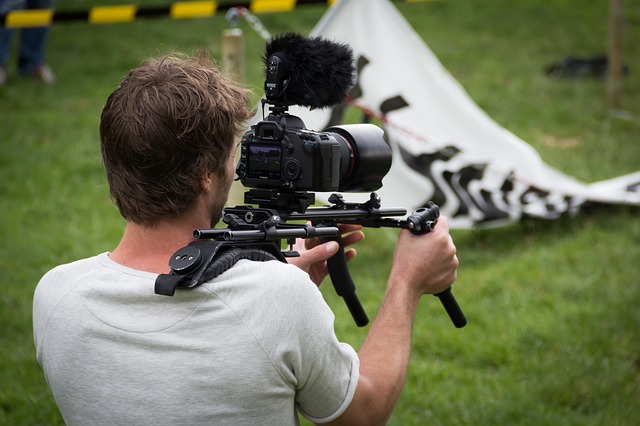Documentary-style testimonial videos are an incredibly effective marketing tool, but require many elements: high-quality equipment, a skilled cameraperson, a quiet and aesthetically pleasing place to film, and an interviewer who creates a relaxed and welcoming environment are just a few key elements of quality film production. After filming, a video requires skilled editing from a videographer who knows how to present the message and branding of your product, program, company, or institution.
Each of these aspects is vital to creating engaging video content, and many aspects (such as practicing the interview process) can be prepared for in advance. Here are some tips and tricks to the interview process that will help to produce the best footage.
Getting the Best Testimonials: Tips While Interviewing
- Let the interviewee know that you will repeat questions several times to allow them to express themselves in several ways.
- Remember that these are sound bites. Instruct your interviewees to speak in snippets, not in long paragraphs.
- Instruct him/her to sit still and not make faces, nervously laugh, etc. after finishing a response. (People often do this to indicate that he/she is done speaking. It ruins the shot.)
- Before filming begins, check that the mic is not showing, that interviewee hair is not out of place, that clothes are in order, and that no one is behind the shot.
- Don’t begin asking questions until the cameraperson states that we are rolling.
- Look the speaker in the eye as you ask questions and listen to his or her answer.
- Do not speak while the interviewee speaks.
- Pause for several seconds before asking the next question.
- Make sure that the speaker looks at you and not the camera.
- Have the speaker state his/her name, city/country of origin, and other details several times. (Chances are that you will need several options for this sound bite.)
- Make sure that every question begins with a statement. For example, “I choose X because . . . “ rather than “I chose it because . . . “ Explain this to the interviewee so that they understand what is needed of them: for example, tell them that in the final product, your questions will not be stated or revealed.
- Don’t be afraid to ask the interviewee to state something again if you KNOW that this will not be a useful sound bite because of something that happens or is said. (For example, if an interviewee accidentally stutters too much, or if a noise in the background creates a distraction.)
- Have fun and be comfortable: this will help your interviewee relax as well!
Lastarria Media, LLC produces high-quality testimonial videos for the international education sector. Here is just one example of Lastarria Media’s work: to see more samples, contact us.





